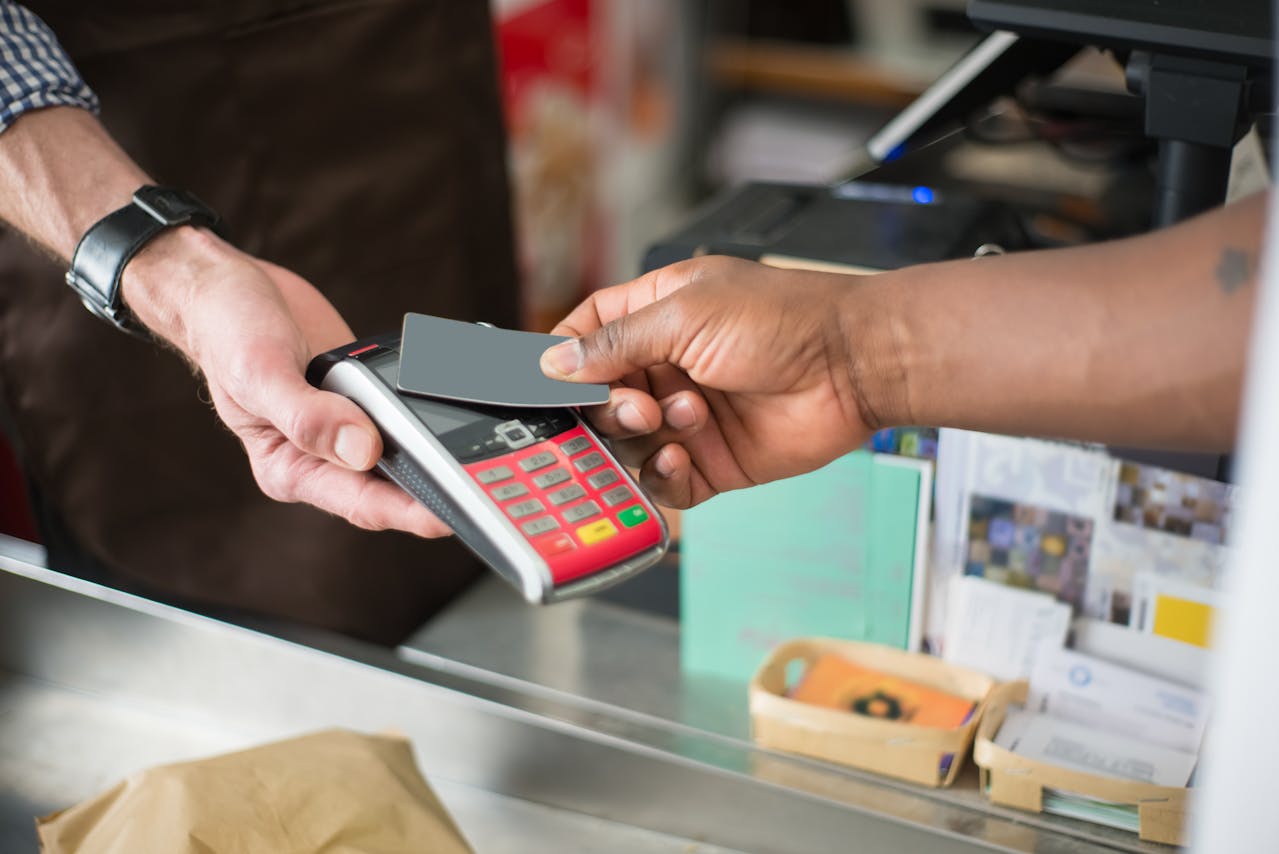

Despite plans to transform the country into an industrial economy, the Philippines remains primarily agricultural. With over 30 million hectares of land, 47% of Philippine soil is agricultural land. In 2021, 9.6% of the total GDP of the Philippines was from the agriculture, forestry, and fishing sectors.
There has been a decline in agricultural productivity in the Philippines in recent decades. Small farming operations and unsustainable practices have not been profitable for agricultural workers.
Deforestation and depleted fish stocks are also causing serious problems for food supply across the country. The importance of agribusiness in the Philippines reflects the need for stronger food security in the country.
How important is agribusiness to the Philippine economy, and how can this sector be supported to manage natural resources and provide livelihood for agricultural workers? We look at the requirements that will enable the industry to improve food security for the country.

The main types of agribusinesses in the Philippines are crop production, animal production, forestry and logging, fisheries and aquaculture, and agri-support services and manufacturing. Coconut accounts for the largest average harvest area, followed by sugarcane and industrial crops. Agricultural workers perform crop and livestock preparation and production, or fishing and processing, as well as breeding and farm management.
The Philippines is the top market for agricultural exports in Southeast Asia. However, the country has been subject to rising food inflation because of the global supply chain crisis and high fuel costs. In emerging Asia, the Philippines is the most food-insecure country as it continues to face challenges in food self-sufficiency. Among the country’s major sectors, farmers and fisherfolk also have the highest poverty incidence.
Many workers throughout the spectrum of agribusinesses in the Philippines lack proper training in basic farming techniques and have no access to rural financial services, and many smallholder farms are not equipped with technology.
The industry is also not subject to protectionism, or policies restricting international trade to support the local industry. Transforming the Philippines’ agriculture and food systems will require diversification, support for the acquisition of new technologies, and strengthening linkages between production and processing.
Food security advocates in the Philippines continue to call for a review of the government’s strategic plan for agricultural and rural development to ensure stronger support for the country’s agricultural workers.
DA senior undersecretary Domingo Panganiban, who represented the country at the 44th Meeting of ASEAN Ministers on Agriculture and Forestry, also cited the importance of regional cooperation and robust coordination, especially as the region recovers from the pandemic.
The country’s new vision for agriculture should include plans for improving the resilience of agribusinesses in the Philippines. This includes increasing public spending for research and development, biosecurity systems, infrastructure, and innovations that support agricultural workers and agribusiness startups. Enabling small farmers with technical knowledge and access to finance will also help upgrade their businesses and increase productivity.
Philippine agribusinesses require higher investments and stronger regulatory systems to help the industry overcome supply chain issues and improve productivity in crop production. The industry will require support in order to strengthen its capacity, and with new policies and opportunities in place to support agricultural workers in the Philippines, it can overcome market failure.

Digital Lending in Southeast Asia: Current Trends and Future Outlook
Digital lending in Southeast Asia (SEA) has been on an upward trajectory, significantly enhancing financial access for both individuals and businesses. The region's high internet and mobile penetration rates have facilitated this growth, enabling more people to access financial services conveniently. Governments across SEA are actively promoting digital lending as a means to improve financial inclusion, particularly for the underbanked and unbanked populations. For instance, digital lenders in countries like Indonesia and the Philippines have capitalized on the surge in internet usage to offer innovative lending solutions.

The Latest Trends and Developments in SEA’s Digital Payments Landscape
The adoption of digital payments in Southeast Asia (SEA) has accelerated, driven by technological advancements, government initiatives, and changing consumer behaviors. It has evolved from simple online transactions to sophisticated financial ecosystems that include various payment methods such as mobile wallets, QR code payments, and Buy Now Pay Later (BNPL) options.

Navigating the Digital Era: Future Jobs and Skills in the Age of Digitalization
The job market's transformation driven by digitalization highlights the need to understand emerging trends and acquire essential skills for thriving.

Navigating Key Challenges in Southeast Asia’s EV Market
Southeast Asia (SEA) finds itself at a crucial juncture in the journey towards electric vehicle (EV) production and adoption as the world transitions towards sustainable transportation solutions. The region has several significant keys for developing the EV industry, such as Indonesia's nickel supply and Thailand's EV manufacturing potential. However, the ASEAN EV industry faces many challenges and threats that must be overcome to ensure success in the region.